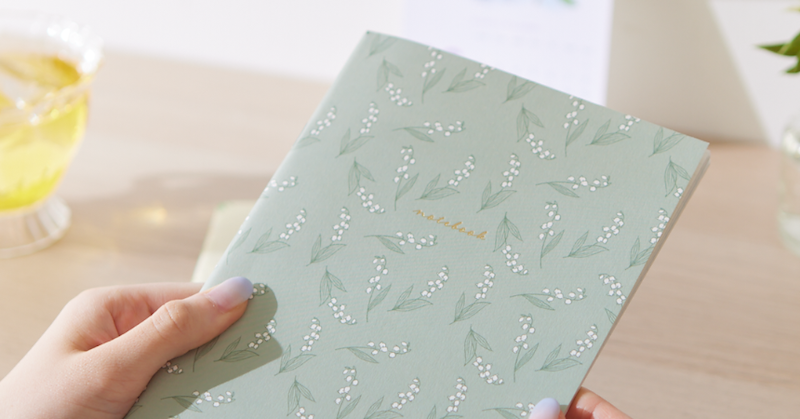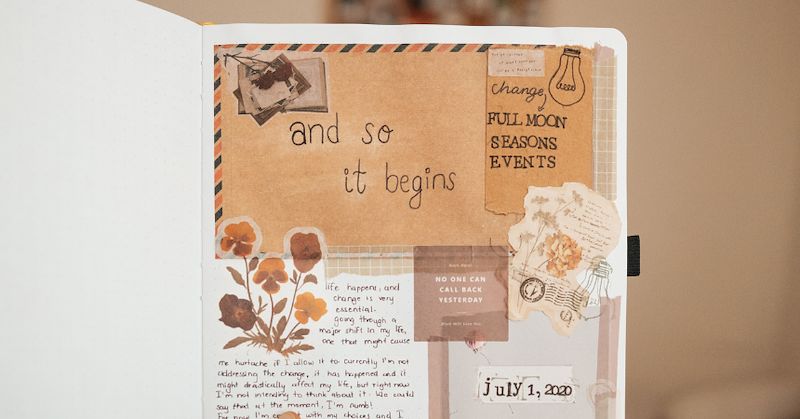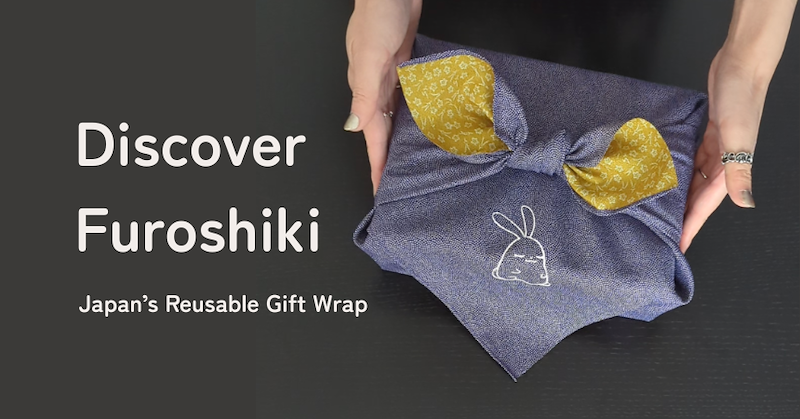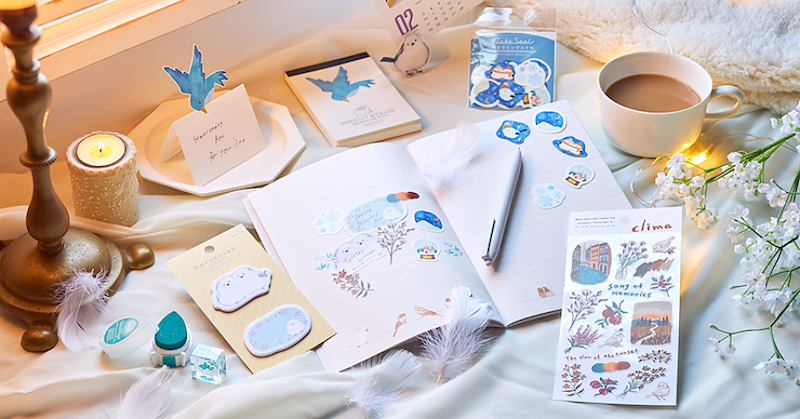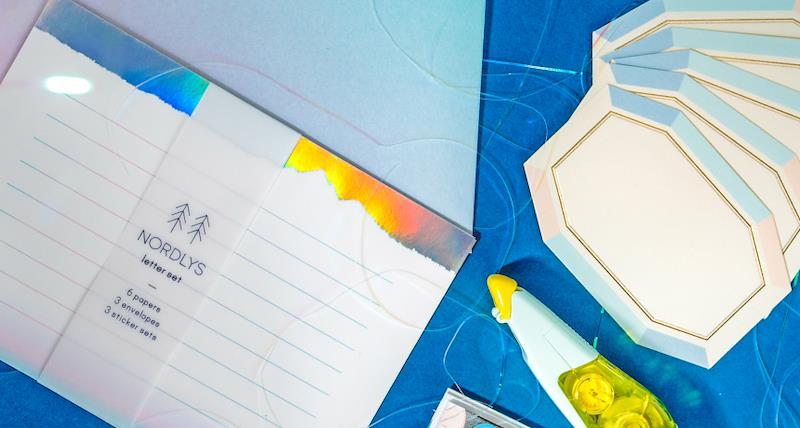Blog
Top Tags
tips & guides
|
Japanese culture
|
stationery
|
writing tools
|
reviews & rankings
|
japanese stationery box
|
planners & journaling
|
notebooks & paper
|
creative ideas
|
stationery pack
|
Featured Article
Explore the best Japanese notebooks in 2025—Midori, Kokuyo, Mnemosyne, Stalogy, Life Noble & more. Learn how to choose the perfect notebook for writing or art.
Discover the best Japanese mechanical pencils in 2025—top picks from Pilot, Uni, Pentel, Tombow & more. See features, tips, and why Japanese pencils stand out.
Discover ZenPop’s Denise and her dreamy, minimal stationery picks—from glittering washi tapes to playful Iwako erasers. A calm reminder to find joy in small, beautiful things.
Discover Kuretake, the Nara-born Japanese brand blending tradition and art. Explore brush pens, ZIG markers, and Gansai Tambi watercolors at ZenPop.
Don't know which type of journal to use for scrapbooking? Here are the best options.
Discover the meaning and beauty of furoshiki, the Japanese cloth wrapping tradition. Learn its history, uses, and how to wrap your gifts with mindful elegance.
Warm up your desk this winter! Discover easy, charming ways to create a cozy, inspiring workspace using Japanese stationery and simple seasonal touches.
Discover the stationery that inspires hibikaku’s everyday handwriting—from Uni-ball pens to adorable memo pads. A calm look into tools that turn daily writing into something special.
Explore all stationery-related winners of the Good Design Award 2025—plus two ZenPop favorites: Pentel Art Crayon and PILOT KIRE-NA Highlighter.
Explore EL COMMUN, a Japanese design brand blending simplicity and playfulness. Discover MATOKA stationery and lifestyle goods made to brighten daily life.
Discover the 8 best Japanese pencil cases — from cute to functional — and find the perfect case to carry your pens, pencils, and stationery.

